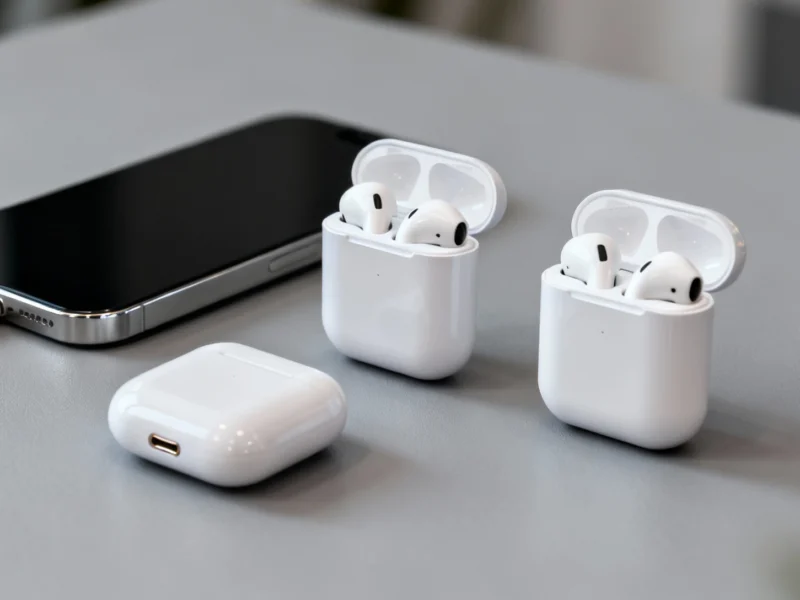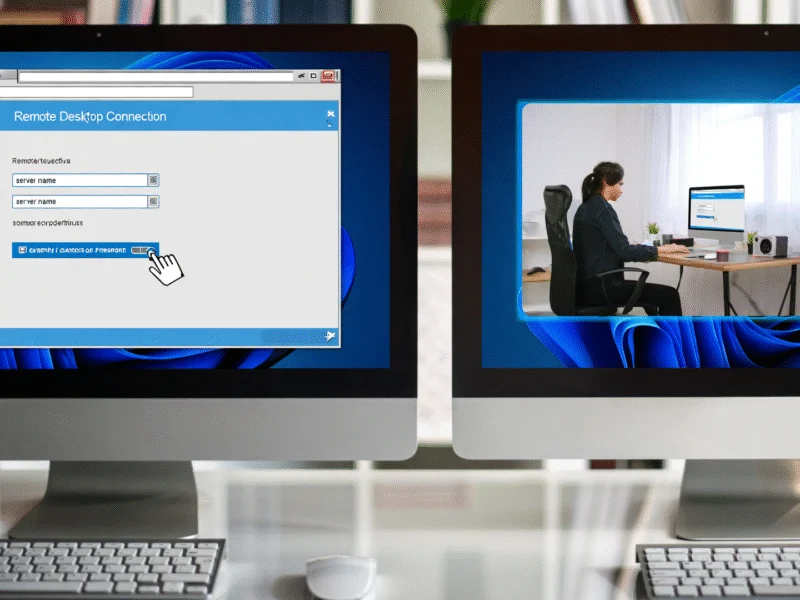Apple has officially rolled out new public beta firmware for its latest wireless earbuds, marking a significant step in the software release life cycle for audio accessories. The update targets the AirPods Pro 2, AirPods Pro 3, and AirPods 4 models, with a build number of 8B5014c, following an earlier developer release. This move underscores Apple Inc.‘s commitment to refining user experience through iterative testing, aligning with broader industry trends in firmware development for connected devices.
Overview of the AirPods Beta Firmware Release
The new beta firmware is now accessible to Apple’s public beta testing group, allowing enthusiasts to preview upcoming features before general availability. This release coincides with the public beta of iOS 26.1, emphasizing the tight integration between AirPods and Apple’s ecosystem. Historically, beta programs like this have enabled Apple to gather real-world feedback, ensuring stability and performance improvements. The firmware build 8B5014c was initially distributed to developers last week, highlighting a phased rollout strategy that mitigates risks while accelerating innovation.
Public beta testers can install the firmware via the AirPods settings interface on compatible devices, a feature introduced with iOS 26, iPadOS 26, and macOS Tahoe. This streamlined process eliminates the need for complex manual updates, making it easier for users to participate in testing. As with previous beta cycles, participants should expect potential bugs, but the opportunity to influence final features makes it a valuable endeavor for the Apple community.
Key Features and Enhancements in the Beta Firmware
The firmware likely introduces support for Live Translation in additional languages, including Japanese, Korean, Italian, and Chinese (both Mandarin Traditional and Simplified). This enhancement builds on Apple’s efforts to make AirPods Pro models more versatile for global users, leveraging on-device processing for real-time translation without compromising battery life. Improved noise cancellation and transparency mode adjustments are also anticipated, though Apple has not disclosed a full changelog, maintaining an element of surprise for testers.
Beyond language support, the update may include optimizations for connectivity and audio quality, addressing common user complaints from earlier firmware versions. For instance, beta testers might notice reduced latency during gaming or video playback, as well as better handling of multi-device switching. These refinements align with Apple’s focus on delivering a seamless experience across its product lineup, from iPhones to Macs.
How to Participate in the AirPods Beta Testing Program
To join the public beta, users must first sign up on Apple’s beta software website and enable beta downloads for their AirPods. Once enrolled, the beta firmware option appears in the AirPods settings when the earbuds are connected to an iPhone, iPad, or Mac running the latest beta OS. It’s crucial to back up devices before proceeding, as beta software can be unstable and may lead to data loss or performance issues.
Participants should provide feedback through Apple’s Feedback Assistant app, detailing any bugs or suggestions. This collaborative approach helps Apple polish the firmware ahead of its public release, ensuring that features like Live Translation work flawlessly across diverse scenarios. Notably, this beta program is exclusive to the specified AirPods models, so users of older versions won’t have access to these updates.
Context and Industry Implications of Firmware Betas
The release of beta firmware for AirPods reflects a broader trend in tech, where companies use public testing to accelerate development cycles. Similar to how government funding initiatives drive innovation in other sectors, Apple’s beta programs foster community engagement while reducing time-to-market for new features. This strategy has become commonplace in the software life cycle, balancing rapid iteration with quality assurance.
In parallel, developments like open-source adoption in Germany and AI advisory councils highlight how transparency and user input shape technology evolution. Apple’s approach with AirPods firmware mirrors these efforts, emphasizing that even firmware updates benefit from diverse testing environments. Meanwhile, news such as Windows 10 support ending and Salesforce’s Agentforce software integration with OpenAI underscores the competitive landscape where Apple operates, pushing the company to maintain its edge through continuous improvement.
What to Expect in Future AirPods Updates
Looking ahead, this beta firmware could pave the way for more advanced features in subsequent public releases. Rumors suggest deeper integration with health monitoring, such as hearing aid functionalities or fitness tracking, leveraging the sensors in AirPods Pro models. Additionally, Apple might expand Live Translation to more languages or introduce personalized audio profiles based on user preferences, further solidifying the role of AirPods as essential accessories in daily life.
The success of this beta phase will influence the timeline for the stable release, likely aligning with major iOS updates later this year. As seen with other product launches, such as market reactions to corporate news, user feedback during testing can lead to swift adjustments, ensuring that the final firmware meets high standards for reliability and performance. For now, public beta testers play a critical role in shaping the future of Apple’s audio ecosystem.



